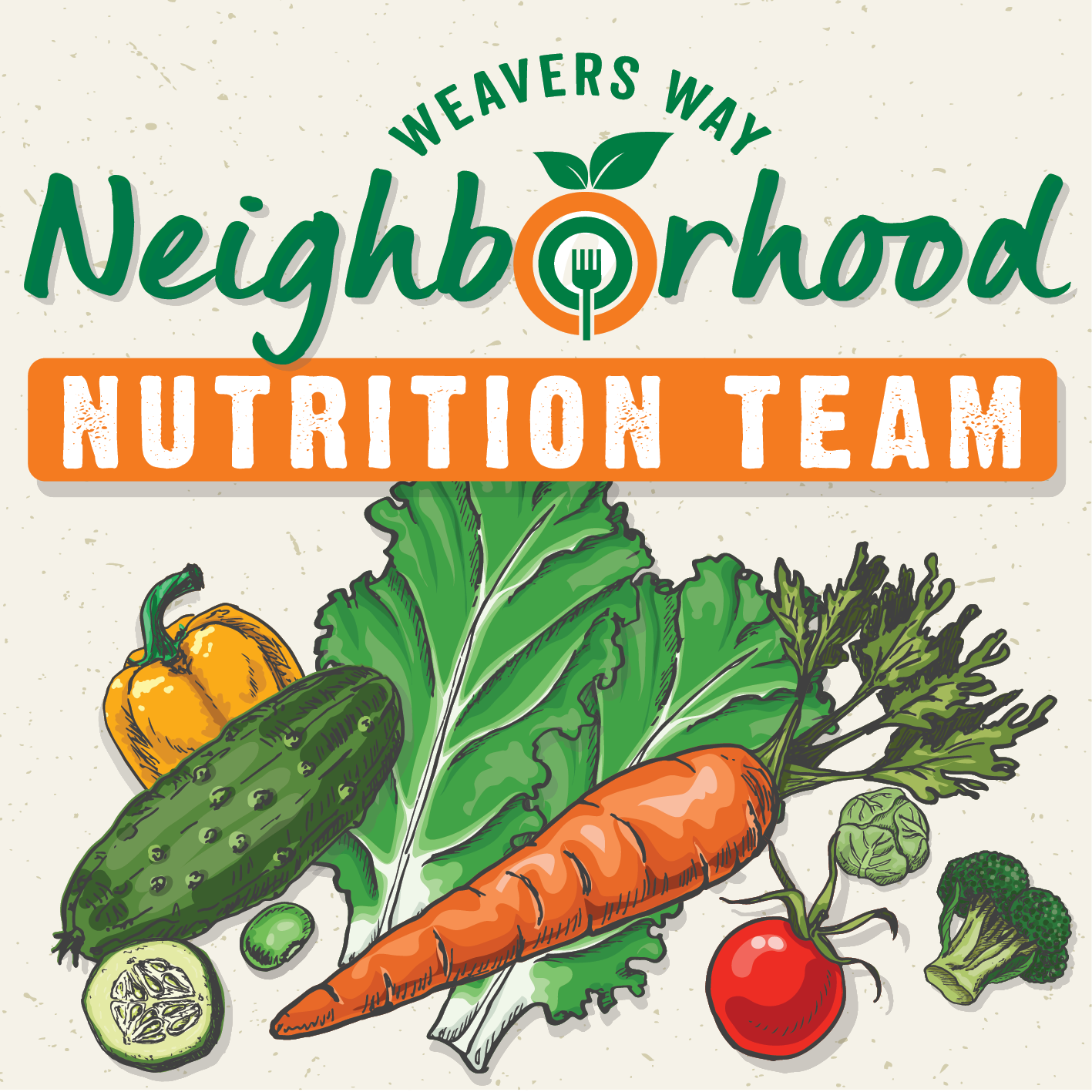
Editor's Note: Will Pinch-Hit for Chocolate

 What the Team Has in Store
What the Team Has in Store
- OCTOBER: Coffee & Chocolate. As we talk about sourcing, nutrition and the impacts of these delicious treats on health and wellness, we’ll also offer tastings.
- NOVEMBER: Herbs for Everyday Wellness. Taste teas, explore tinctures, discuss the use of culinary herbs and the impact of herbs on our health as we focus on traditional herbal supports for self and community.
- DECEMBER: Healthy Holidays. Holiday eating can often compromise nutrition and digestion. We’ll suggest strategies, recipes and resources to help you stay well and feel great throughout the season.
OCTOBER WORKSHOPS
Superfood Brownies: Wednesday, Oct. 10, 6-7 p.m., Weavers Way Ambler, 217 E. Butler Ave.
Enjoy guilt-free, delicious, chocolatey brownies the Superfood way this Halloween season! Come learn from the best — join Weavers Way Nutrition Team Member Dorothy Bauer, our resident expert. Find out how easy these no-bake brownies are to create using Superfood ingredients such as cocoa nibs, goji berries, coconut and more!
The Truth About Coffee and Cocoa: Wednesday, Oct. 24, 6-7:30 p.m., Weavers Way Ambler, 217 E. Butler Ave.
How much is too much coffee? Aren’t there benefits, too? Is dark chocolate really better than milk chocolate? Weavers Way Neighborhood Nutrition Team member Nicole Schillinger will help dispel the confusion around the health benefits of coffee and cocoa in this workshop. She’ll also discuss Fair Trade certification and offer taste tests.
Nutrition Team workshops are FREE. Go to www.weaversway.coop/events to RSVP.
by Mary Sweeten, Shuttle Editor
The focus for October for the Weavers Way Neighborhood Nutrition Team is chocolate and coffee. Now, I’m not a member of the Weavers Way Neighborhood Nutrition Team and I don’t even play one on TV. But they’re shorthanded this month and I do (ahem) know something about chocolate . . . just not that much about its supposed health benefits.
The Antioxidant Puzzle
However, a little research online reminds me that chocolate in its raw form contains lots of antioxidants. Antioxidants — which are present in all the best vegetables, especially crucifers — help get rid of free radicals, those errant toxic molecules that are natural by-products of ongoing biochemical reactions in the body and may play a role in heart disease, cancer and other diseases. (Mayo Clinic Online definition — I’m not an organic chemist, either.)
Before antioxidants became a buzz word in the ’90s, chocolate was just the most wonderful of the high-fat, high-sugar indulgences we weren’t supposed to eat. Now it at least has the possibility of being good for you — although it has a long way to go before it’s the new kale, because the antioxidants in chocolate, mostly flavenoids, are degraded by heat, and chocolate undergoes a LOT of hot processing before it lands in your mouth.
To find out more about whether the research supports the efficacy of chocolate in delivering that antioxidant punch, mark your calendar for Nicole Schillinger’s workshop, “The Truth About Coffee and Cocoa” on Wednesday, Oct. 24, at 6 p.m. at the Ambler store. Nicole is a registered dietitian and real member of the Neighborhood Nutrition Team.
Meanwhile, chocolate also contains the stimulant theobromine, similar to caffeine, which is increasingly seen as not harmful, and maybe even beneficial, to humans, though not dogs and other creatures. In an anecdote that I cannot resist repeating, publications in New Hampshire and then around the world reported that in 2014, four bears were found dead of heart attacks after demolishing 90 pounds of chocolate. (New Hampshire game officials subsequently banned the baiting of bears with chocolate.)
Food Justice
I feel more comfortable in this area, which, of course, is also of concern to nutritionally minded people, and a fine topic for the month that has Halloween in it.
Almost all of the world’s cocoa is grown in developing countries and consumed in industrialized countries, and cacao plantations in West Africa, mainly in Ghana and Ivory Coast, still provide 80 percent of the world’s chocolate. In the beginning of this century, when the prevalence of child trafficking and slavery in the cacao business in West Africa was exposed, there was pressure for commodity chocolate manufacturers to police, or at least investigate, their sources. By and large, however, this still has not occurred.
Meanwhile, the meaning of “Fair Trade” has become murky. Hard-core fair-traders, like Equal Exchange, complain that the global movement has abandoned small farmers and local communities in favor of enlightened plantation conditions. (Read more here: equalexchange.coop/fair-trade). So, unfortunately, my conclusion remains the same as it was when I last wrote about this four years ago: If you’re worried about how your chocolate was grown, stick with chocolate sourced from Latin America, where child slavery hasn’t been reported, most cacao is cultivated and processed by small holders and the bulk of the world’s organic cacao is from.
Here are some brands we carry at Weavers Way:
- Equal Exchange (small farmer co-op grown in Peru, Ecuador, the Dominican Republic and Panama)
- Alter Eco (small farmer grown in Peru and Ecuador)
- Divine (from Ghana, but the company is controlled by a farmer cooperative)
- Theo (small grower cooperatives in Peru and Democratic Republic of Congo)
- Madecasse (vertically integrated from cacao tree to chocolate bar in Madagascar, one of the poorest countries in the world)
And Now, Halloween
Give ’em Equal Exchange dark-chocolate minis. They’re organic, vegan, kosher and about the same size as a mini-Nestle Crunch, and maybe other parents will take a look at the wrapper later and learn something. Weavers Way members can get a discount by buying in bulk — a box of 150 is $33.75. Don’t eat them all yourself.
